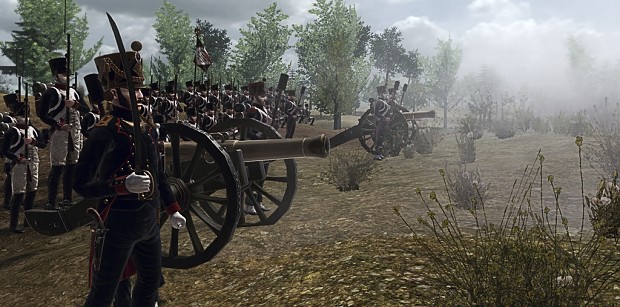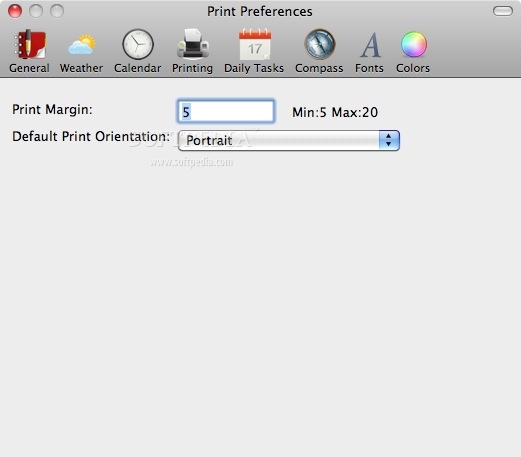
Score ranking (remember this is just for fun as the services provided remarkably similar results): Let’s look at the average positions from each service and the difference from OPUS: Remember, the real story is how close each of these services produce results to one another. All data has been projected to UTM Meters for these comparisons. All data is presented in IGS08 current epoch framed coordinates. The data files were downloaded from the NGS CORS archive.Įach of the 32 files were submitted to each of the processing services and the results have been tabulated for X, Y and Ellipsoid Height.

The observations consist of 32 consecutive days (through June 3, 2013), 24-hour observation files, 30-second interval, GPS only data. George, UT USA was chosen as the observation base. Details of these problems are presented with the service descriptions below. Two services (JPS’s APPS, magicGNSS) won’t be acceptable to the average user and a third (RTX Centerpoint) may not work for some users based on receiver and antenna support. The real take-away from this evaluation is not that one service is better, but how close all of the services are to each other. Remember that the every aspect of this ‘competition’ is arbitrary: from the selection of observation sets, to the final scoring system. The combined range rewards a processing scheme that best estimates delays, interference, clock errors and other sources of change that occurred during the 32-day trial. Range was chosen as an indicator of the expected maximum error that might be encountered if only a single 24-hour file was observed.

To keep the evaluation simple, the sum of the X, Y and Height range will be the score and the services will be ranked from lowest score to highest score, with the low score being the ‘best.’ This would not be as interesting without a little competition. Use default settings for every option on each processing service.Choose a time period, 90-days in the past, so precise orbits are available to reduce ephemeris effects.Use a sufficiently large data set, 32-consecutive days, to expose trends.Use 24-hour observation sets to enable ‘best case’ processing.Choose a site known to be stable with a clean EMI environment.

The answer to all of these questions is “it depends.” Your evaluation will depend on your specific application.įor this evaluation, the following rules governed the data set selection:

What you may not realize is there are at least six viable alternatives to OPUS.Īll are free, easy to use, provide world-wide coverage, and generate surprisingly similar results. You are probably familiar with the National Geodetic Survey’s OPUS suite of online post processing tools (OPUS-Static, OPUS-Rapid Static and OPUS-Projects.) These services are capable of producing centimeter-level positioning from static GPS observations.
OPUS DOMINI ALTERNATIVE FREE
The following report is the result of his efforts:Ī Comparison of Free GPS Online Post-Processing Services My colleague Mark Silver, creator of the X90-OPUS receiver I wrote about a few months ago, embarked on an effort to run test data through each of the online post-processing services to demonstrate that there are free, online GPS post-processing services available worldwide that produce results comparable to OPUS. SCOUT: Scripps Orbit and Permanent Array Center (SOPAC), University of California, San Diego The other seven, free online GPS post-processing services are:ĬSRS-PPP: Canadian Spatial Reference System, Natural Resources Canada Yes! I wrote seven, and the results from those seven are comparable to OPUS. For those of you who rely on OPUS for GPS post-processing, now is a great time to try one of the other seven online post-processing services available and not subject to the U.S.


 0 kommentar(er)
0 kommentar(er)
